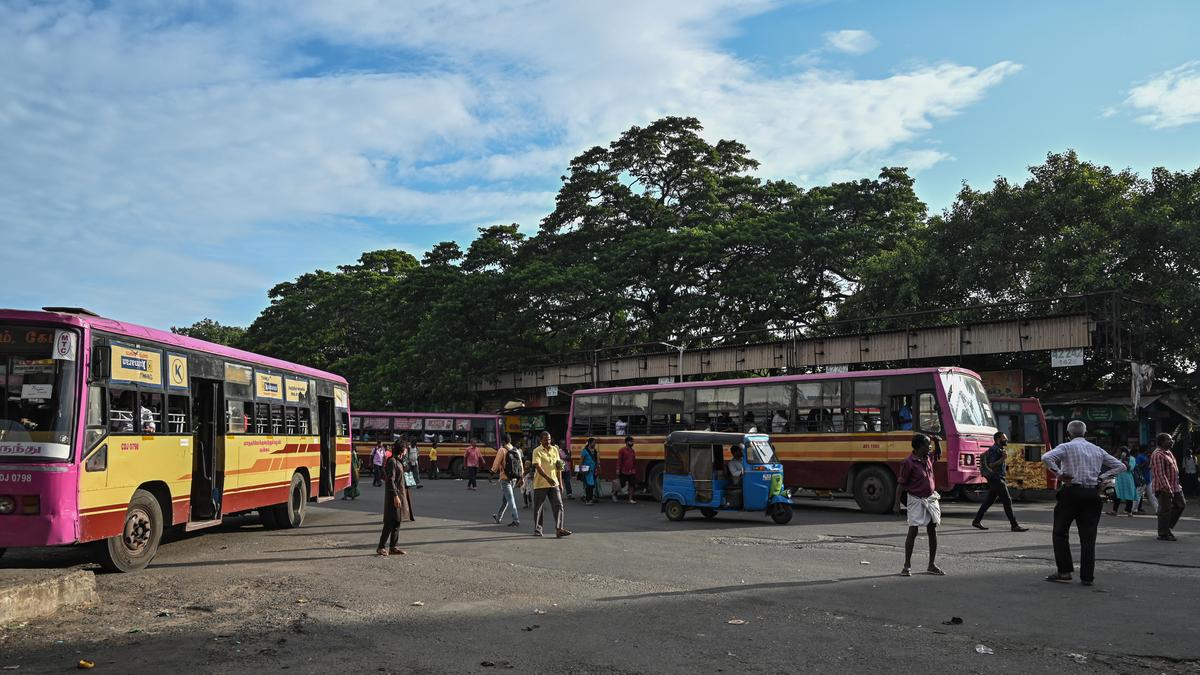
Going back in time to trace the origin of Broadway Bus Terminus
The Hindu
Going back in time to trace the origin of Broadway Bus Terminus
The other day I was called up by someone in the government asking about the history of the Broadway Bus Terminus. Surely, the authorities would have some file or the other on such matters, I pondered. But mine not to reason why and so I got down to it. I cannot say I have reconstructed a comprehensive account but there is now a skeleton that should help anyone who wishes to take it further.
Rather ironically, it was the trams that gave birth to the bus service in the city. A strike of its workers in 1925 saw the Madras Tramway Corporation employing 50 buses in the city. Following the resumption of the tram service, the bus service was given up in 1928.
However, private bus operators had seen potential in it and soon began plying routes. By 1946, there were around 200 privately run buses plying in the city. In March 1947, the government introduced 30 buses of its own, marking the beginning of state-owned public transport in the city.
By July 1948, bus transport in the city was fully nationalised. These were run by what was known as the Transport Department housed in the handsome Art Deco-styled Transport House on what was Band Practice Road.
It was only in 1972, following the recommendations of the Justice Somasundaram Committee, that bus service was transferred to a specially formed, state-owned company — the Pallavan Transport Corporation — which, after many twists and turns, is now known as the Chennai Metropolitan Transport Corporation Limited. At inception, it had around a thousand buses running 294 routes, with eleven lakh passengers per day. I wonder what the figures are now. Transport House became Pallavan House and Band Practice Road became Pallavan Salai.
Shelters for waiting passengers were debated upon almost from 1947 onwards, this being considered the responsibility of the Madras Corporation. It was only in 1957 that the first of these was constructed. Broadway seems to have grown meanwhile in an organic fashion as such facilities do in India, with no planning.
Certainly, by 1964, there was talk of the mofussil bus stand, off Esplanade Road and behind the Burmah Shell Building and also the ‘Broadway bus stand’, the latter catering to city buses. Both were bywords for urban chaos. The Corporation repeatedly came up with budgets for improvements but very little seems to have been spent.





















 Run 3 Space | Play Space Running Game
Run 3 Space | Play Space Running Game Traffic Jam 3D | Online Racing Game
Traffic Jam 3D | Online Racing Game Duck Hunt | Play Old Classic Game
Duck Hunt | Play Old Classic Game











